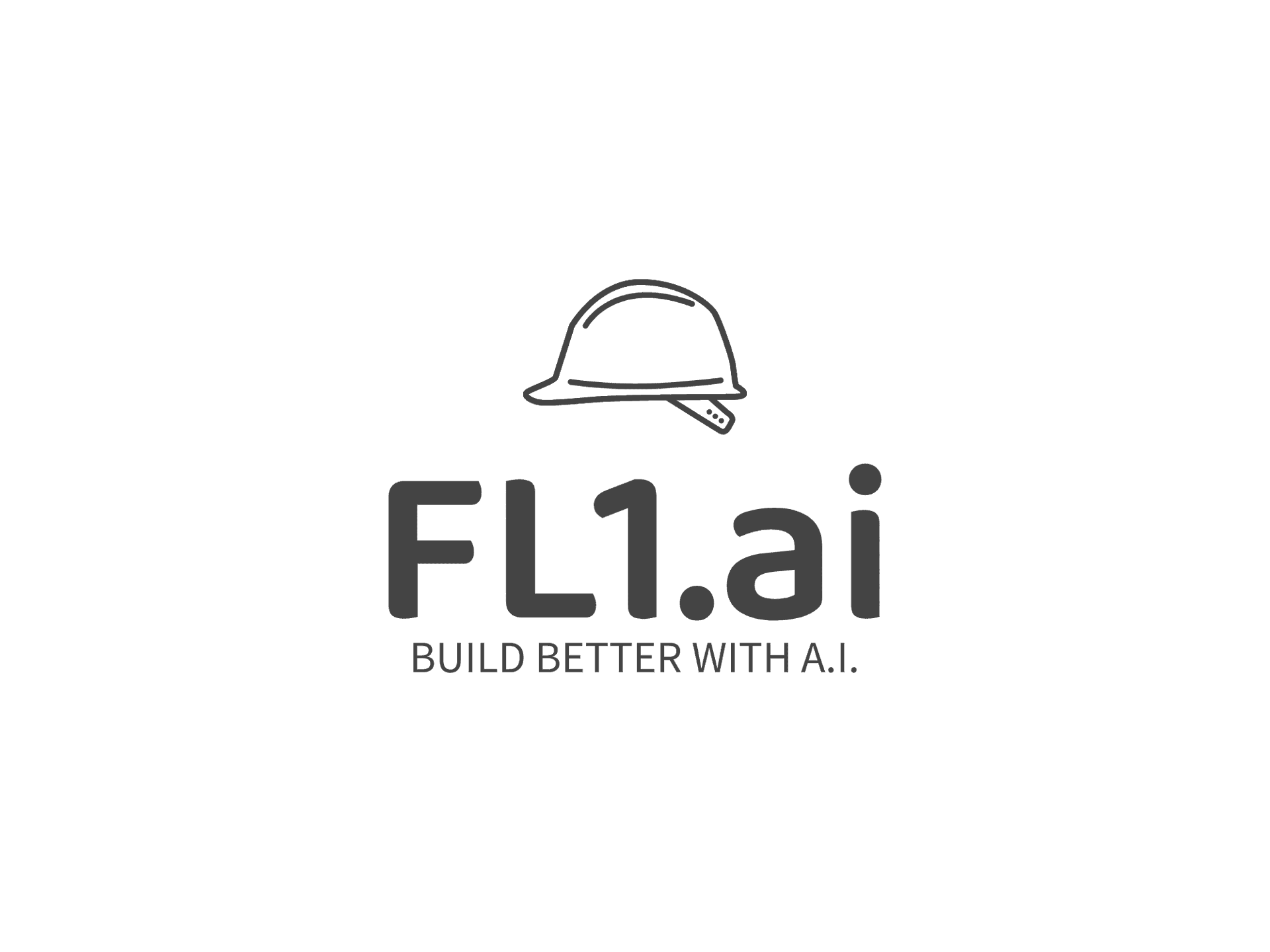Case Study: Successful Implementation of AI in Walton County Infrastructure Projects
Introduction to AI in Infrastructure
In recent years, the integration of artificial intelligence (AI) into various sectors has transformed the way we approach complex challenges. One notable example is its application in infrastructure projects within Walton County. By leveraging AI technologies, the county has not only improved efficiency but also enhanced the sustainability and safety of its infrastructure initiatives.
The case of Walton County serves as an exemplary model for other regions looking to harness the potential of AI in public works. This post explores the implementation process, key achievements, and future prospects of AI-driven infrastructure projects in the county.

Initial Challenges and AI Solutions
Before adopting AI, Walton County faced several challenges in its infrastructure development projects, including resource allocation, project management inefficiencies, and environmental impact concerns. Traditional methods often led to delays and cost overruns.
To address these issues, Walton County decided to incorporate AI solutions that offered predictive analytics, real-time monitoring, and automated decision-making processes. These technologies empowered project managers with actionable insights and streamlined operations.
Predictive Analytics
Predictive analytics played a crucial role in transforming infrastructure projects. By analyzing historical data and trends, AI systems can forecast project timelines, budget requirements, and potential risks. This foresight allowed Walton County to plan more effectively and allocate resources efficiently.

Real-Time Monitoring
AI-driven sensors and monitoring systems were deployed to track construction progress in real-time. These tools provided continuous feedback on-site conditions, helping teams to identify and address issues promptly. Real-time data also facilitated better communication among stakeholders, reducing the likelihood of missteps.
Key Achievements
Since implementing AI technologies, Walton County has witnessed significant improvements in various aspects of its infrastructure projects. Some of the key achievements include:
- Cost Efficiency: AI-driven insights have optimized resource allocation, leading to substantial cost savings.
- Time Management: Projects are now completed faster, thanks to more accurate planning and real-time adjustments.
- Sustainability: AI has enabled more environmentally friendly practices by enhancing waste management and minimizing carbon footprints.

Safety Enhancements
AI has also contributed to improving safety standards on construction sites. Automated systems can detect hazardous conditions and alert workers instantaneously, thereby reducing the risk of accidents. This proactive approach has been instrumental in maintaining a safe working environment for all personnel involved.
Future Prospects
Looking ahead, Walton County plans to expand its use of AI in infrastructure projects. Future initiatives aim to integrate more advanced AI technologies such as machine learning algorithms and autonomous machinery to further enhance efficiency and innovation.
The successful implementation of AI in Walton County serves as a beacon of progress for other municipalities aiming to modernize their infrastructure approaches. By continuously exploring new AI applications, the county is well-positioned to set standards for cutting-edge infrastructure development.
Conclusion
Walton County's journey with AI in infrastructure projects illustrates the transformative power of technology in overcoming traditional limitations. With continued investment in AI solutions, the county stands as a testament to how innovation can drive sustainable growth and community well-being.
